Boston Children's Museum
308 Congress Street, Boston, MA 02210
617-426-6500
© Boston Children’s Museum 2025
Website Design by Jackrabbit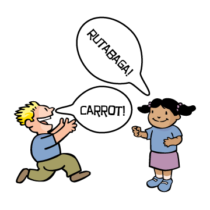
Math is a natural subject to fit into your everyday work with your students. The Mixing in Math curriculum, created by TERC (click here to visit the website), contains lots of great math activities that require little or no materials, and are easy to fit into what you are already doing. This activity, which is adapted from the Mixing in Math curriculum, helps children practice categorizing and data collection.
VIEW ACTIVITY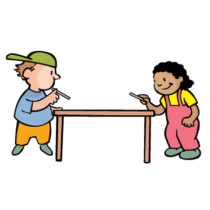
Water has a lot of interesting properties that we typically take for granted. This simple activity gives kids a chance to experiment with water’s properties of surface tension and cohesion. They will also experiment with color mixing and recognizing that once colors mix together, they cannot easily be separated. This is a fun game that you can pull out any time.
VIEW ACTIVITY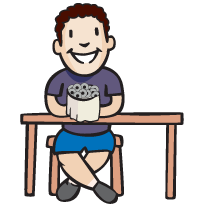
Children are inundated with advertisements practically as soon as they are born. Many of these advertisements can be tricky…or even misleading. If we would like our children to grow up to be savvy consumers, we need to help them develop independent thinking skills, and have them practice being thoughtful about the choices that they make. This activity encourages children to compare different brands of products, design scientific tests to compare those products, and determine which of them is the best buy.
VIEW ACTIVITY
Now that you have tested one product…how about testing some more? Children are inundated with advertisements practically as soon as they are born. Many of these advertisements can be tricky…or even misleading. If we would like our children to grow up to be savvy consumers, we need to help them develop independent thinking skills, and have them practice being thoughtful about the choices that they make. This follow-up to the Consumer Reports Jr. activity encourages children to compare different brands of products, design scientific tests to compare those products, determine which of them is the best buy, and share the results with their peers, family and community.
VIEW ACTIVITY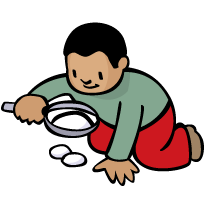
Spring is a time of rebirth and renewal—and eggs! Many animals lay and incubate eggs in the spring, and in some cultures spring is a time in which kids paint, hide and eat lots of eggs. This makes it a great time to not only take a close look at eggs, but also to experiment with some of the things we can do with them. This activity is the first in the Incredible Egg series of activities, which are designed to be done during the Spring—start your students off with this and other “egg science” activities, then move on to egg art, and finally take the Egg Drop Challenge!
VIEW ACTIVITY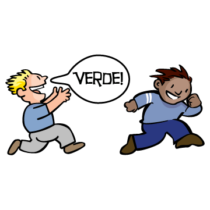
This game has lots of advantages—not only does it give kids a chance to run around and get some exercise, but it also sharpens their observation skills; helps younger children with their colors; and exposes children to another language and culture.
VIEW ACTIVITY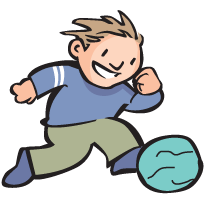
Kids in African countries like South Africa play soccer with the same kinds of soccer balls that children all around the world do. But sometimes leather soccer balls are hard to come by, so some children have to improvise and make their own out of whatever they can find. This activity highlights how inventive and industrious children can be when they may not have all the resources they need.
VIEW ACTIVITY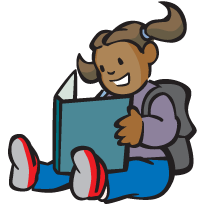
Providing a context to an activity can help to give it significantly more meaning for children. Before doing the My Own Soccer Ball activity, read this story to children and learn a little more about life and soccer in Kenya.
VIEW ACTIVITY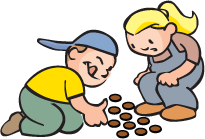
Math is a natural subject to fit into your everyday work with your students. The Mixing in Math curriculum, created by TERC (click here to visit the website), contains lots of great math activities that require little or no materials, and are easy to fit into what you are already doing. This activity, which is adapted from the Mixing in Math curriculum, helps children practice counting forwards and backwards, and practice adding and subtracting. It is also a great logic game for older children.
VIEW ACTIVITY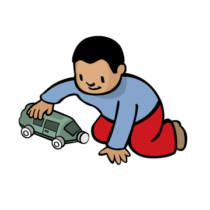
Kids in African countries such as Ethiopia, Malawi and Kenya love to play with toys that they buy in stores or receive as gifts…just like the children in your afterschool program. In many countries across Africa, some children might not have a toy that they would like…so they improvise and make their own out of whatever they can find. This activity, called “Mekena” in Ethiopia and “Galimoto” in Malawi and Kenya highlights how inventive and industrious children can be when they put their minds to it.
VIEW ACTIVITY